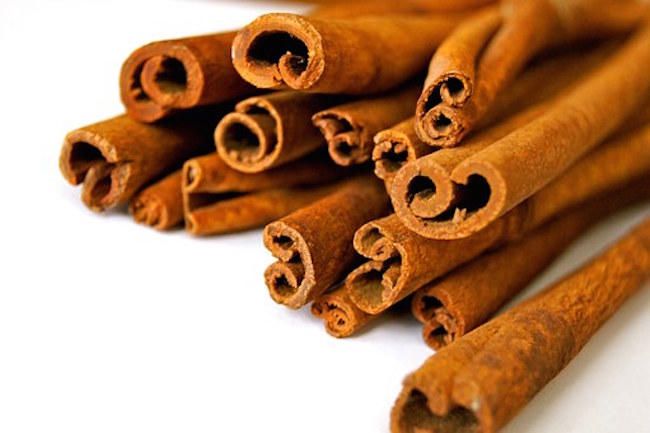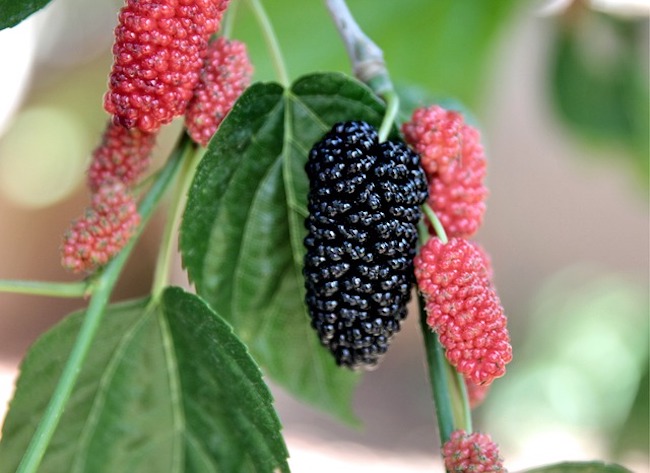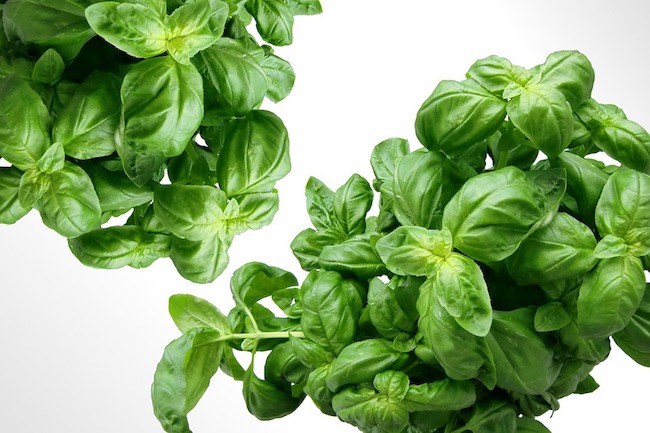5 Health Benefits of Cinnamon Tea for Mercola
Making cinnamon tea is a rather simple process — All you need to do is take a cinnamon stick (or two) and then boil it in water for a few minutes, and you’ll have a spicy beverage that may have antimicrobial, antioxidant and anti-inflammatory effects,1 to name just a few of its benefits. Learn how a cup of cinnamon tea may help boost your health by reading this article.
What Is Cinnamon Tea?
As mentioned, cinnamon tea is a drink made by infusing cinnamon in hot water. Cinnamon is a spice with a long history in Ayurvedic medicine, having been used for more than 6,000 years. It comes from a plant genus called Cinnamomum, in which 250 trees and shrubs fall under, most of them native to Australia and Asia.2 According to Medical News Today, though, it’s also native to South America and the Caribbean.3
Cinnamon appears either as a powder or as curled and fragrant brownish sticks — in fact, they come from the bark of cinnamon trees. According to the Smithsonian.com, this spice is harvested by “scoring and peeling sections of bark from trees and then scraping off the outer portion, revealing the light reddish brown inner bark.”4
Peels that come from shoots and the smaller twigs are then dried — these are the curled sticks that you’re likely familiar with. Larger cinnamon pieces, however, are processed and ground into powdered spice.5
Spice Advice describes cinnamon as having a sweet and woody fragrance.6 The flavor depends on the type of cinnamon you’re getting, because there are actually two types of cinnamon — cassia cinnamon and Ceylon cinnamon.7
According to an article in Bon Appetit, cassia cinnamon has a darker color and rougher texture, and is rolled in thick sheets that are much thicker than Ceylon cinnamon. There are three types classified according to their place of origin: Indonesia, China and Saigon.8
Indonesian cassia, the most common variety in the U.S., is said to have the mildest and sweetest flavor, while Chinese cassia has a strong and bitter flavor; its use is more medicinal than culinary. Saigon is spicy, with an intense flavor and fragrance.
Ceylon cinnamon, on the other hand, is dubbed “true” cinnamon. Compared to cassia, its flavor and aroma are more delicate and milder, described as having floral notes. The cinnamon sheets are hand-processed and rolled in thin and flat layers, much finer in texture compared to the other type. Because of this, Ceylon cinnamon is much more expensive and harder to find in stores.9 Most of the world’s supply of this spice comes from Sri Lanka and the south part of the India.10




